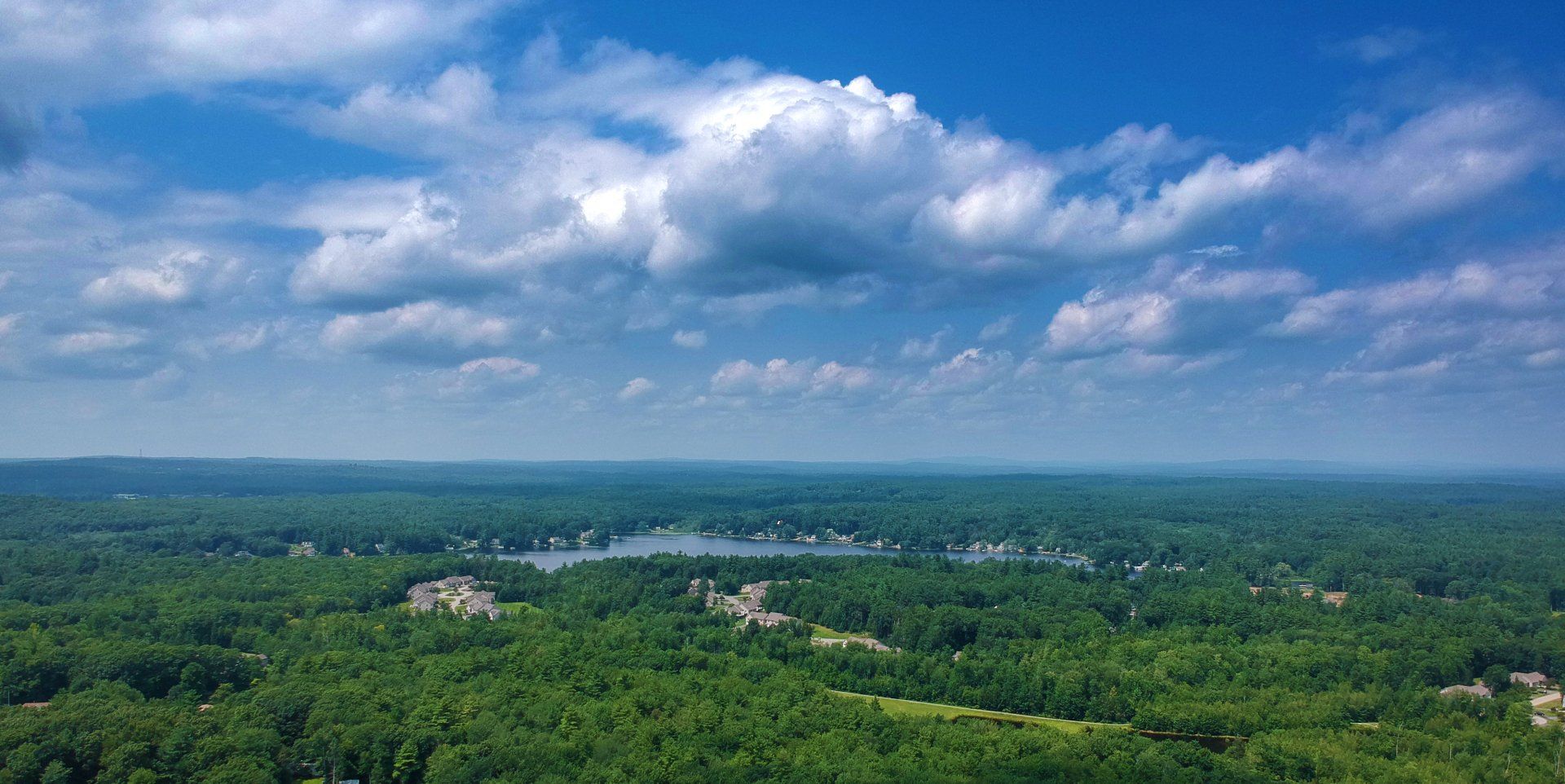


Historic Places In Your Neighborhood – Danville
What comes with every brand new neighborhood you move to is discovering a new story. New Hampshire’s history is rich, and you can walk down any street in the Granite State and be reminded of the fruitful past. As a budding town, Danville’s history dates to 1760, when the town, formerly known as Hawke, separated itself from the larger Kingston. As it developed its own identity, the citizens of Hawke constructed buildings that are still around and in use today.
As it stands, Danville and the rest of Rockingham Country share the second most number of sites listed in the National Register of Historic Places in the state, behind Cheshire Country. Danville hosts four of those nationally recognized places, each with a unique history and accessible to the public.
Here is a brief history of each building, according to the National Register of Historic Places.
Danville Meetinghouse
The Danville Meetinghouse is a historic property located on North Main Street along Route 111A. The building was originally called the Hawke Meetinghouse, as the town of Danville had originally been named “Hawke” at the time.
The town began constructing the building in 1755 and finished in 1760, the same year that Hawke petitioned to separate from Kingston to form a town of its own. The Danville Meetinghouse holds two accolades in that it is the oldest meetinghouse of original construction and the least-altered in New Hampshire. Its beautiful interior has been preserved for all these years by a local nonprofit organization and it was added to the National Register of Historic Places in 1982.
Elm Farm
Also known as the Sargent Farm, Elm Farm is located at 599 Main Street on New Hampshire Route 111A. The main farmhouse is famous for being one of the town’s best examples of Gothic Revival architecture, with its arching windows and steeply pitched roofs. Since 1835, it has been in agricultural use with many of its owners engaged in small commercial and industrial pursuits on the side. It was listed on the National Register of Historic Places in 1988.
John Elkins Farmstead
This historic farmstead dates to the late 18th century. The farmstead, located on 155 Beach Plum Road in Danville, NH, consists of a main house, with a wing that connects to a barn, and a carriage shed that frames the west side of the courtyard formed by these structures. Though the construction date of the farmhouse is not known exactly from documentary sources, it was likely built by the Elkins’ son John. At the time, John Elkins was known as one of Danville’s most successful farmers. He was known for utilizing knew technologies and practices to keep his farm modern as they developed. The property which hosts the farm buildings was listed on the National Register of Historic Places in 1996.
Danville Town House
Sitting proudly on 210 Main Street, the Danville Town House is smack dab in the middle of the town center. The two-and-a-half story building was constructed with an eye on 19th-century Victorian architecture. The building was constructed in 1887. It served as the town’s meetinghouse after the original structure was deemed inadequate for the town’s municipal functions.
This posed to be controversial, as some disagreed with the buildings Victorian styling while others (mostly farms) who lived in the North criticized the building’s location as being too remote in the southern part of town. An attempt was made to burn the building down the night before its dedication. It was listed on the National Register of Historic Places in 2000.


